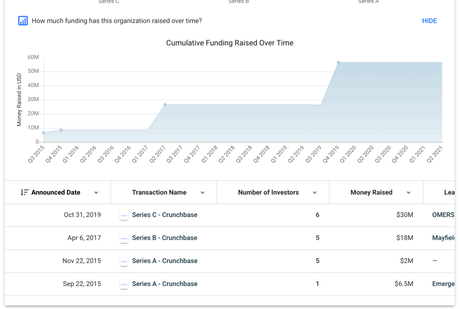Market niche (in English Niche Market) and special small section of the market that is focused product or our services to meet the needs of our customers’ IT departments.
Niche marketing is an effective strategy for small businesses that want to introduce their product or service to a specific segment of the market at a low budget and increase their chances of surviving in competition with large companies. Many, especially startups, view the niche market (or niche market) only as a strategy to enter the market, introduce the product to the customer, and receive feedback; While this approach is often used in large organizations with high revenue streams to increase profit margins.
 https://www.linkedin.com/company/buy-seo-traffic/
https://www.linkedin.com/company/buy-seo-traffic/
1- The concept of niche marketing – What is niche marketing?
Niche Marketing means focusing marketing activities on a small, well-defined and well-defined part of the market. Of course, there is no such thing as a “niche” on the market. Marketers “create” niches by identifying needs and wants that have never been well or not met by other companies. In general, in niche marketing, we try to become a big company in a small market.
Niche marketing can also be considered as a targeted marketing plan that focuses on a specific segment of the market, this segment of the market has a high potential in using our product or service. As a result, it is the niche market that determines the required features and how the product is developed. Also, the type of pricing is more related to the type of demand and the “intensity of the need that the product meets” than to the quality of the product.
.
In this post you read:
1- The concept of niche marketing – What is niche marketing?
2- Niche marketing strategies and strategies
3- Suitable customers for niche marketing
4- How to plan for corner marketing
5-7 general steps in niche marketing
2- Niche marketing strategies and strategies:
Word-of-Mouth Marketing Campaigns: These campaigns, rather than focusing on general marketing and advertising activities, try to create discussion and dialog between the audience about the product, subtly engaging your customers with Get to know your brand name. These techniques include funding programs or awarding prizes at niche market-related events. Although the design and development of these campaigns are generally time consuming and late to achieve the desired result, but if successful, their output is very impressive and the weight of your brand will increase dramatically by verbally introducing people to each other.
Credit and Endorsements Campaign: This strategy is really nothing more than asking “influential” people in the niche market to endorse or support the product and organization. It is also a great idea to list them and name them as those who suggest using our product. These campaigns are very popular in online marketing and especially social networks. This is often referred to as influencer marketing. However, in these campaigns, instead of using influential people in the market, they usually use popular people and in fact “proposers”.
For example, you could ask a well-known blogger or author to comment positively on or promote your online writing platform. The effectiveness of this type of campaign depends to a large extent on the credibility of the person you choose as the speaker as well as the honesty in conveying the message.
Parallel endorsement campaigns: This strategy emphasizes “exposing your brand to the niche market audience” above all else. For example, advertising in writing instructional videos can be a good way to brand your online writing platform.
In general, special marketing strategies are explained based on the sustainable needs and desires of customers and are influenced by such things as distribution channels. These strategies are developed according to the differences or cultural characteristics of the customers.
One of the appropriate niche marketing strategies is to create a new brand as a sub-branch of a major brand. This solution will be very effective, especially if the parent brand is well known in the market.
3- What kind of customers are suitable for niche marketing?
Niche marketing is especially effective when we can categorize our customers based on tangible features. Features such as geographical location, age, income level and such characteristics. The following are examples of customers we can focus on in special marketing:
Young couples planning to get married, for example, live in the western part of the city
Those who love pets but are always on the go
Environmental activists focusing on combating groundwater pollution
Those who have just bought a house and are interested in modernizing the space and interior design of the house

4- How to plan and use a corner for marketing?
Planning and implementing niche marketing programs usually begins with questions that will lead to the improvement of ongoing activities. What magazines do select niche market customers read? Who are they following on social media? What kind of websites are most important to others? What influences their choices the most, advertising or introducing friends? Try to know the general psychological features of shopping and how to use leisure time in them.
Once we have sufficient knowledge of the target market, we begin to develop a marketing plan . All aspects of the design begin with the impact that the technique used has on our brand image and develop based on what we have learned in the initial research phase. Depending on the specific values of the target market, niche marketing techniques and strategies can be imperceptibly or quite clearly implemented; This is especially important in word-of-mouth recovery strategies.
5-7 General steps in niche marketing are:
1- Finding and selecting a part of the market that has a special and unmet need.
2- Conducting market research to determine the size of the market and the feasibility of the idea
3- Ensuring the possibility of branding in the niche market
4- Recognition of distribution channels
5- Planning to reach the market
6- Execution
7- Monitor your market constantly to make sure that strategies continue, identify opportunities and threats.
Please cite the source when republishing this content.
